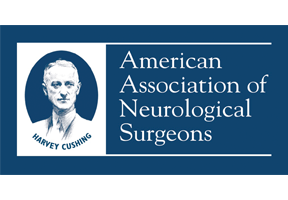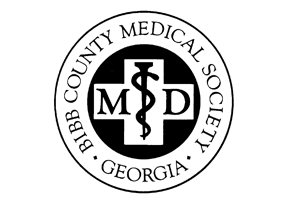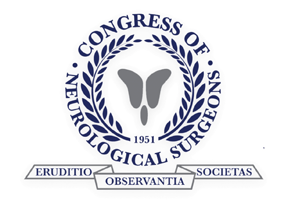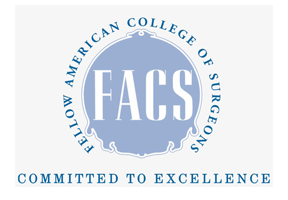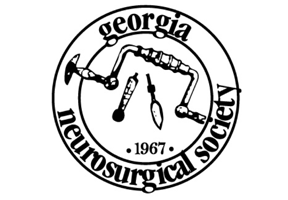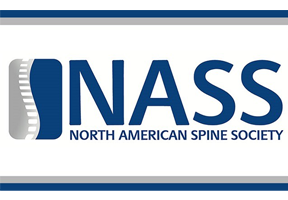Chiari malformations occur when there is a structural defect in the base of the skull and cerebellum. Because of this flaw, brain lobes may enter this gap where only the spinal cord should be present. Let’s uncover causes, symptoms, and treatment options related to this issue.
Causes of Chiari Malformation
The cause of chiari malformation depends on the type of malformation present – primary or secondary. Primary chiari malformation, also known as congenital chiari malformation, occurs during fetal development. It is linked to structural defects, a vitamin-deficient diet by the mother, or genetic mutations.
Secondary chiari malformation, also referred to as acquired chiari malformation, occurs later in life. According to the National Institute of Neurological Disorders & Stroke, secondary chiari malformation occurs when “spinal fluid is drained excessively from the lumbar or thoracic areas of the spine either due to traumatic injury, disease, or infection.”
Of the two types, primary chiari malformation is much more common than secondary.
Symptoms of Chiari Malformation
A severe headache is the most common and prominent sign of chiari malformation, as other symptoms may vary by the severity of the issue. Other symptoms include:
- Balance issues
- Blurred vision
- Depression
- Dizziness
- Headache
- Hearing or balance difficulties
- Insomnia
- Issues with speech
- Lack of hand coordination & fine motor skills
- Muscle weakness
- Neck pain
- Numbness
- Scoliosis
- Tinnitus
- Trouble swallowing
- Vomiting
It’s important to note that the presence of chiari malformation in children may look differently than in adults. Children may experience symptoms such as irritability during mealtime, gagging, vomiting, and developmental delays.
Treatment Options for Chiari Malformation
The treatment option for chiari malformation largely depends on the severity of the condition. If you are able to continue with everyday life with no pain after your diagnosis, you may just need to have regular check-ups and take medicine to manage the symptoms.
If your chiari malformation diagnosis is severe, surgery may be the right option. Your neurosurgeon will fix the issue, halting progression of the damage. In most cases, surgery can help minimize or eliminate the symptoms of chiari malformation.
We Are Your Chiari Malformation Specialists
If you are experiencing any of the symptoms above, don’t hesitate to contact our team today. We can determine what is causing these symptoms to occur and treat the root of the problem.

